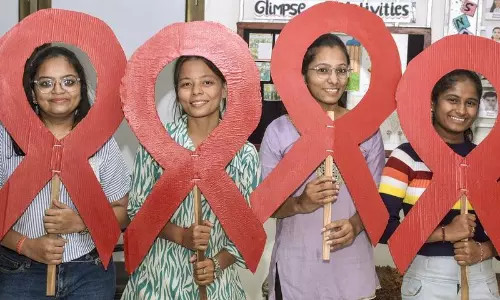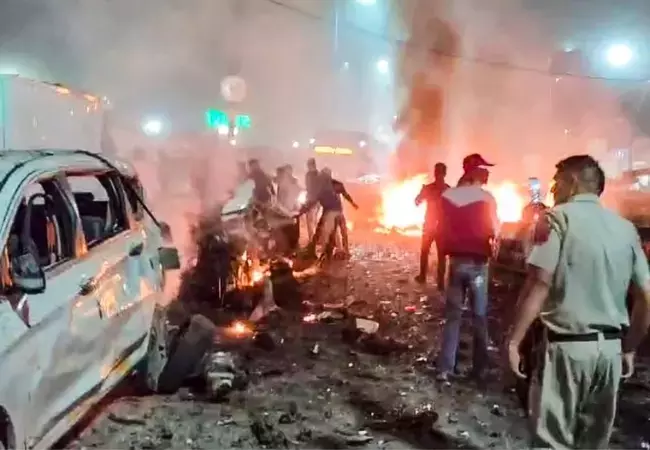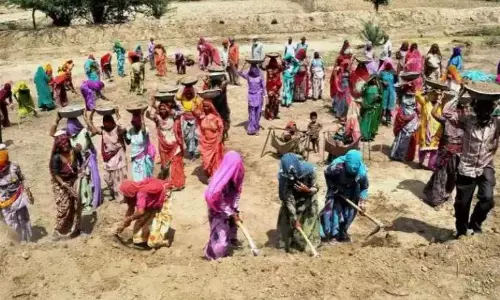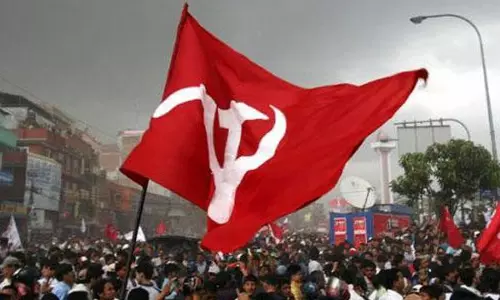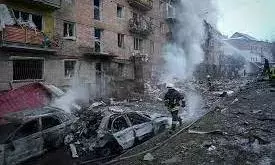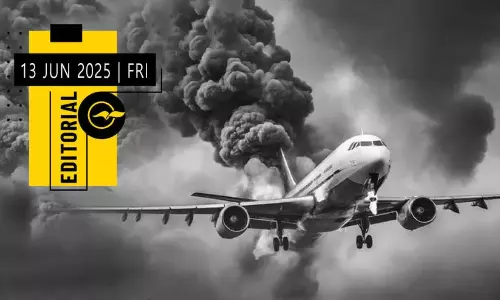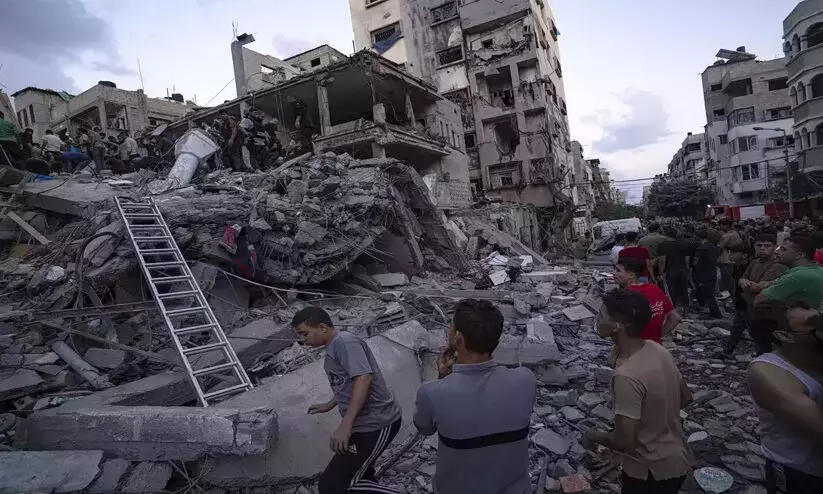
Conflicts are pulling 39 fragile states further behind: World Bank
text_fieldsWashington: The world's most desperate countries are falling further and further behind, their plight worsened by conflicts that are growing deadlier and more frequent, the Associated Press reported.
That is the sobering conclusion of the World Bank's first comprehensive study of how 39 countries contending with “fragile and conflict-affected situations" have fared since the COVID-19 pandemic struck in 2020.
“Economic stagnation — rather than growth — has been the norm in economies hit by conflict and instability,” said Ayhan Kose, the World Bank's deputy chief economist.
Since 2020, the 39 countries, which range from the Marshall Islands in the Pacific to Mozambique in sub-Saharan Africa, have seen their economic output per person fall by an average of 1.8% a year. In other developing countries, by contrast, it grew by an average of 2.9% a year over the same period.
More than 420 million people in the fragile economies are living on less than $3 a day — the bank's definition of extreme poverty. That is more than everywhere else combined, even though the 39 countries account for less than 15% of the world's people.
Many of these countries have longstanding problems with crumbling infrastructure, weak governments and low levels of education. People in the 39 countries get an average of just six years of schooling, three years fewer than those in other low- and middle-income countries. Life expectancy is five years shorter, and infant mortality is twice as high.
Increasing conflicts have made things worse. In the 2000s, the world saw an annual average of just over 6,000 conflicts — in which organised groups used armed force against other groups or against civilians and caused at least one death. Now, the annual average exceeds 20,000. The conflicts are more lethal, too: In the 2000s, they took an average of fewer than 42,000 lives a year. From 2000 through 2024, the number averaged almost 194,000.
Of the 39 countries, 21 are involved in active conflicts, including Ukraine, Sudan, Ethiopia and Gaza. The World Bank finds that countries involved in high-intensity conflict — which kills more than 150 out of every 1 million people — see a cumulative drop of 20% after five years in their gross domestic product, the output of goods and services.
More conflict also means more hunger: The World Bank estimated that 18% -- around 200 million – of the people in the 39 countries are “experiencing acute food insecurity" compared with just 1% in other low and middle-income countries.
Some countries have managed to escape the cycle of conflict and economic fragility. Kose cites Nepal, Bosnia and Herzegovina, Rwanda, and Sri Lanka as relative success stories.







